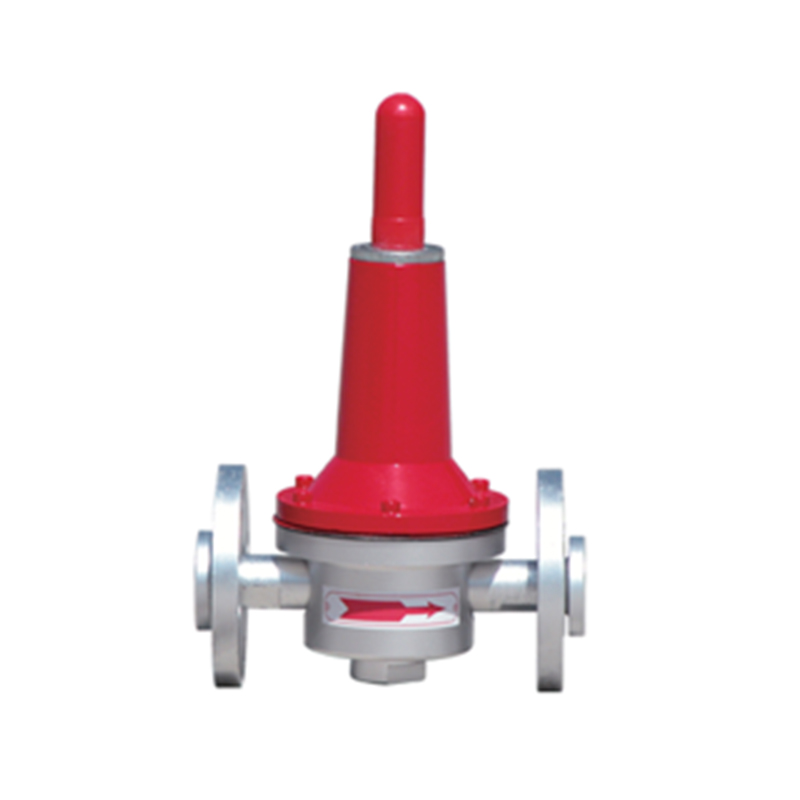
10 月 . 21, 2024 05:32
Back to list
Understanding Gas Pressure Regulator Valves and Their Importance in Gas Systems
Understanding Gas Pressure Regulator Valves A Vital Component in Gas Systems
Gas pressure regulator valves are essential devices that play a crucial role in controlling gas pressure in various applications, from residential heating systems to industrial gas pipelines. By ensuring that gases are delivered at a consistent and safe pressure, these regulators contribute to the efficiency, safety, and reliability of gas systems.
What is a Gas Pressure Regulator Valve?
A gas pressure regulator is a mechanical device designed to reduce the pressure of gas from a high-pressure source to a lower, usable pressure. This process is critical because most gas appliances and systems are designed to operate within a specific pressure range. If the pressure exceeds this range, it can lead to equipment malfunction or catastrophic failure.
Typically, gas pressure regulators are used in both supply and distribution systems. In residential settings, they can be found in natural gas or propane systems, ensuring that home appliances receive the appropriate pressure for safe operation. In industrial applications, these regulators manage gas delivery to various processes, often involving intricate systems where pressure fluctuations could lead to inefficiencies or safety hazards.
How Do Gas Pressure Regulators Work?
Gas pressure regulators operate based on the principles of physics and fluid dynamics. At their core, they consist of a valve mechanism that adjusts the flow of gas based on the pressure downstream of the regulator. When gas enters the regulator, it passes through a valve that opens or closes to maintain a set pressure level.
The regulator features a diaphragm that responds to changes in downstream pressure. When downstream pressure falls below the desired level, the diaphragm moves, causing the valve to open further and allowing more gas to flow in. Conversely, if the pressure exceeds the desired limit, the diaphragm closes the valve, restricting gas flow. This automatic adjustment ensures that the delivery pressure remains constant, regardless of fluctuations in upstream pressure or the demand for gas downstream.
Importance of Gas Pressure Regulation
Maintaining correct gas pressure is vital for several reasons. First and foremost, safety is a significant concern. High gas pressure can lead to leaks, explosions, or appliance damage. Regulators minimize these risks by preventing excessive pressure from reaching appliances and systems.
gas pressure regulator valve

Additionally, gas pressure regulators enhance energy efficiency. By delivering gas at the appropriate pressure, they ensure that appliances operate optimally, reducing waste and saving on fuel costs. This is particularly relevant in large-scale industrial operations, where even minor inefficiencies can lead to considerable financial losses.
Moreover, consistent pressure levels lead to improved performance of appliances. For instance, in cooking applications, gas stoves running at controlled pressure provide uniform heat, resulting in better cooking results. Similarly, in heating systems, regulated gas pressure ensures that heating is efficient, reducing the time and energy needed to reach desired temperatures.
Types of Gas Pressure Regulators
There are several different types of gas pressure regulators, each suited for specific applications. Some common types include
1. Single-Stage Regulators These are typically used in low-pressure applications, reducing high inlet pressure to a lower pressure in a single stage of operation.
2. Two-Stage Regulators More complex, these regulators provide greater precision in pressure control by reducing the pressure in two stages. They are often used in applications where precise control is crucial.
3. Relief Valves These valves serve a safety function, relieving excess pressure automatically if it exceeds a preset limit.
4. Back Pressure Regulators These are designed to maintain a set pressure in a system and allow excess gas to escape when necessary, protecting sensitive equipment from pressure fluctuations.
Conclusion
Gas pressure regulator valves are indispensable components in the safe and efficient use of gas across various applications. They not only ensure safety by preventing excessive pressure from reaching appliances, but they also enhance energy efficiency and performance. As technology advances and the demand for precision in gas systems increases, the role of these regulators will undoubtedly become even more important, underscoring their significance in both industrial and residential settings. Understanding their function, types, and importance is crucial for anyone involved in gas management or appliance design.
Latest news
-
Unlocking The Quality Gas Pressure ReducersNewsNov.01,2024
-
The Role of Gas Pressure Reducing StationsNewsNov.01,2024
-
The Importance and Functionality of Safety Relief ValvesNewsNov.01,2024
-
The Essential Role of Safety Valves in Natural Gas ApplicationsNewsNov.01,2024
-
The Essential Role of Gas Pressure RegulatorsNewsNov.01,2024
-
Enhance Your Premium Gas FiltersNewsNov.01,2024

